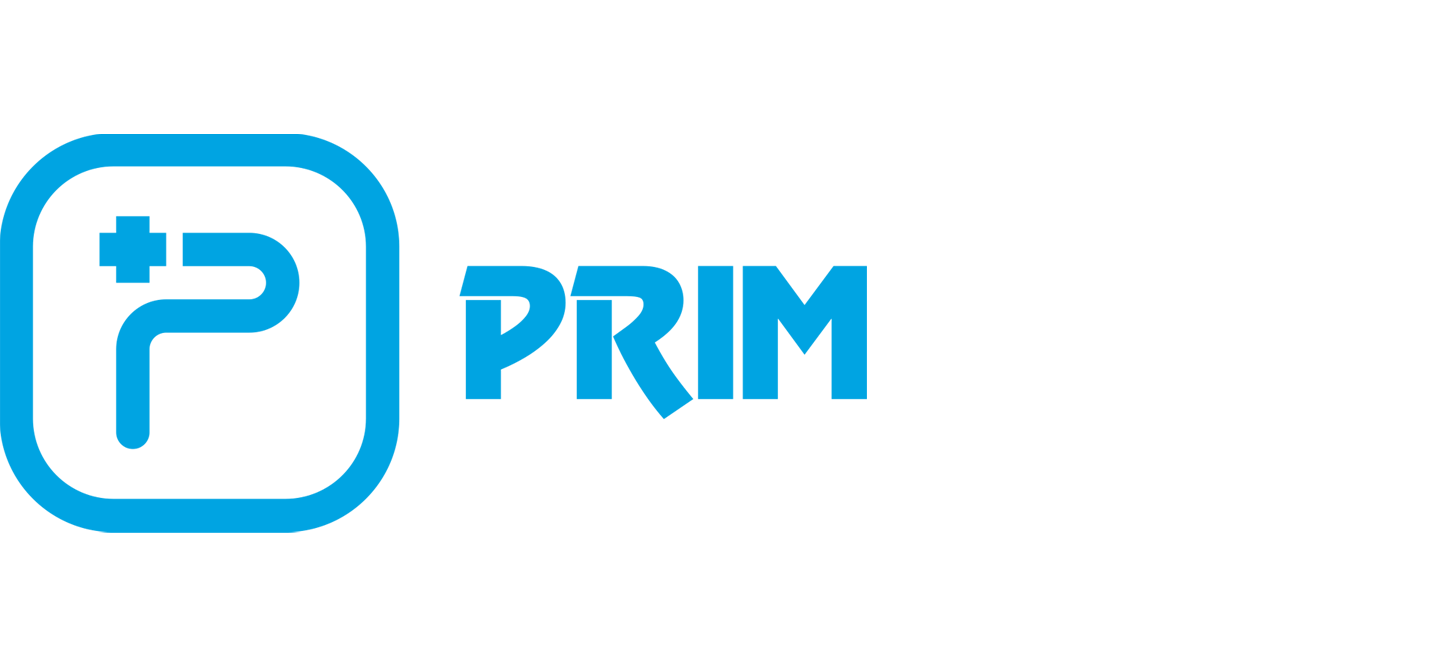PRIM is driving changes in the design and materials of its logistics distribution packaging to reduce its environmental footprint on the planet
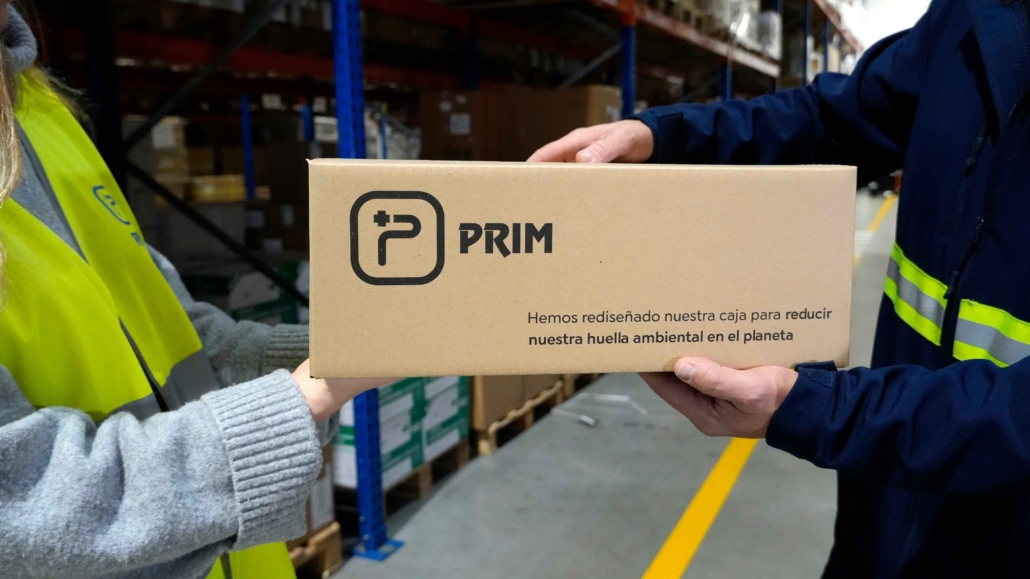
In order to contribute to the environmental objectives set out in the ESG Master Plan 2023-2025, PRIM has dedicated significant efforts during 2024 to the introduction of significant modifications to packaging and packaging materials for the subsequent distribution of its products in the corporate logistics chain.
The main new features include:
- A new, refreshed and more responsible image of our brand.
- New formats, such as the envelope box.
- The incorporation of self-closing or die-cutting to incorporate two positions in one to adapt to the size of the product and optimise space in transport.
- The modification of the grammage while maintaining the resistance the materials used.
- A new packaging tape with 80% recycled plastic.
These new features have been implemented in some of the box models available to validate their efficiency and, following the success achieved, in 2025 it is planned to extend these improvements to the rest of the box models used by PRIM.
This change will also involve the transition from the current blue and white design to a new scheme in the natural colour of cardboard and black, in line with the sustainability and efficiency criteria that have been implemented.
The main benefits of this update in packaging and packaging materials are set out below:
1. New look for our boxes
Traditionally, our boxes maintained a design aligned with the corporate colours, being presented in white with the logo in blue. The new design shows the natural colour of the Kraft cardboard, which reduces the need for processing and the use of dyes, also generating a lower final cost in its production and maintaining the quality and safety standards for the transported product.
- Kraft paperboard is recyclable and biodegradable, facilitating more efficient and environmentally friendly end-of-life treatment compared to other packaging materials.
- By dispensing with additional dyes and chemicals, kraft board offers more responsible and toxicity-free packaging.
In addition, the switch to natural colour and the elimination of dyes has allowed us to reduce the grammage of the boxes. This optimises the use of raw material (cardboard) and makes them lighter, which translates into savings in transport costs and a reduction in CO₂ emissions, while maintaining the same strength for use. The font size is also reduced and the design is printed in black, with a very significant reduction in printing.
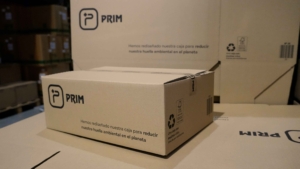
2. New distribution box models
Along with the aesthetic renovation, a new model of box has been designed that incorporates a climbing system, allowing two sizes of box to be generated, folding the upper flaps more or less, depending on the needs and adapting to the size of the products. In addition, a semi-automatic closure has been implemented at the bottom of the box, reducing the need for packaging tape by half.
These innovations have resulted in a significant reduction in material usage and waste generation. Since its introduction, 10,880 units of this new crate model have been used. In 2025, it is estimated that 52,905 boxes of this new format will be used, thereby eliminating the need for 26,453 metres of filling paper and 52,905 metres of packaging tape.
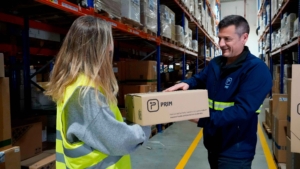
3. Self-seal flap envelopes
One of the novelties is the inclusion of the envelope format: one of the existing box models has been replaced by self-seal flap envelopes, a more suitable option for smaller products.
In 2024, 8,000 units of these envelopes have been used, which has led to a significant reduction in the use of materials: 604 kg of cardboard, 4,000 metres of filling paper and 4,800 metres of packaging tape are no longer needed. In 2025, the consumption of 12,000 envelopes is expected to be reduced.
In addition, this change helps to better adapt the packaging to the size of the product, enabling logistics optimisation in distribution, which means a reduction in non-productive space in transport of 1,063 m3.
4. New packaging belt
The latest novelty is the replacement of the packaging tape used to close the boxes with one made of 80% recycled plastic. To maintain coherence with a more sustainable image, the white ink has been removed from the tape and it has become transparent with a black logo, giving a more solid and modern look to the final packaging.
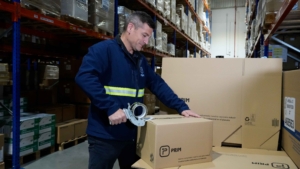
The achievement of this milestone represents an important step forward in its ESG Master Plan, integrating into the corporate strategy the effective application of the sustainable perspective in decision-making and in the design and execution of its activity.
